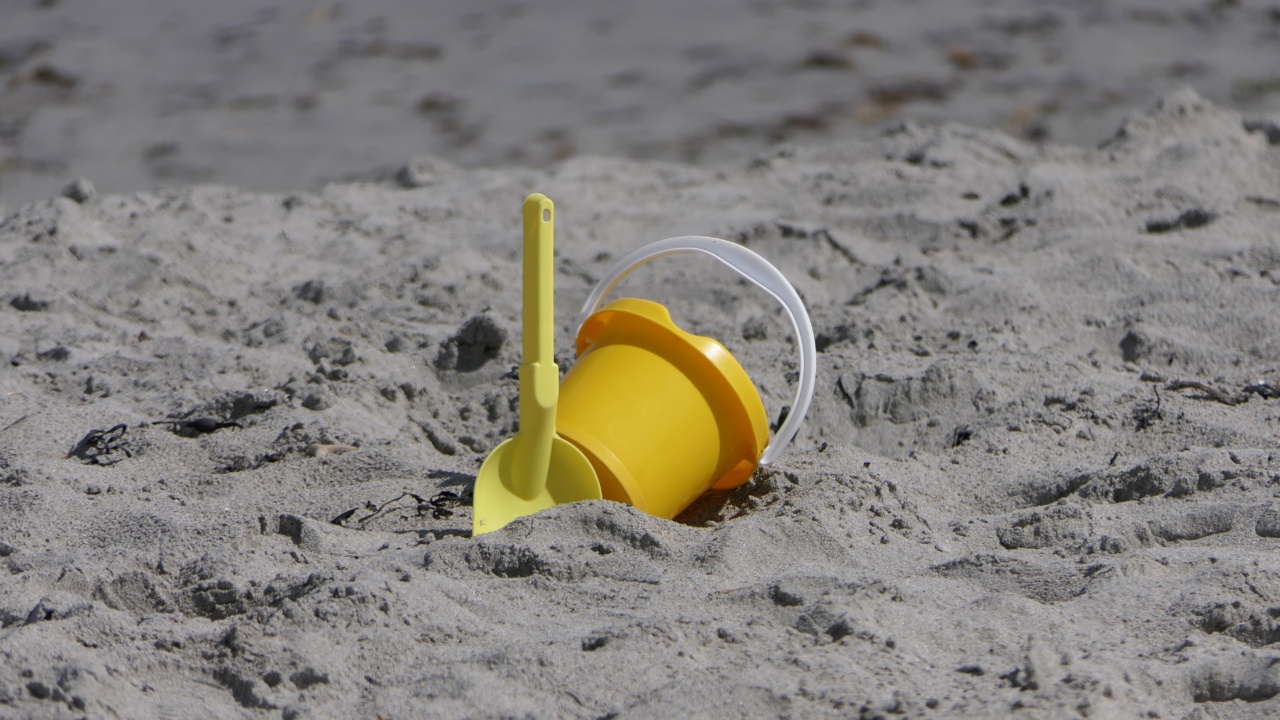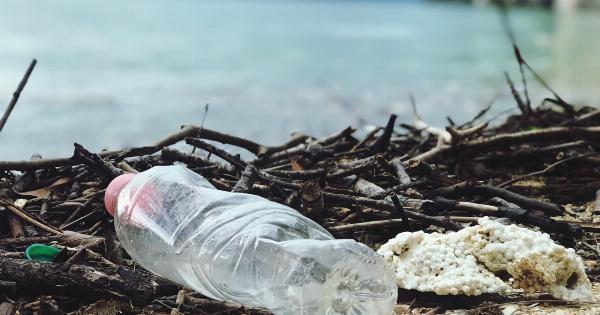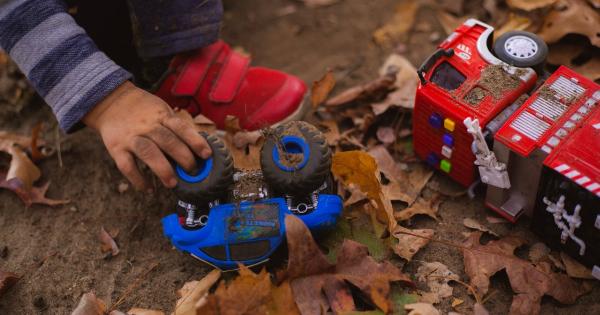Children are particularly susceptible to the negative effects of environmental hazards due to their developing respiratory and immune systems.
Exposure to environmental toxins can cause respiratory problems that can range from simple nose bleeds and coughs to more serious illnesses like asthma and lung cancer. The hazardous substances present in the environment can cause damage to delicate lung tissues, hamper lung development, and cause permanent damage that lasts far into adulthood.
In this article, we will discuss some of the most common environmental hazards that affect child respiratory health.
Indoor Pollution
Indoor pollution is one of the most common hazards that impact child respiratory health. Indoor pollution is caused by a variety of sources, including heating and cooling systems, cooking and heating appliances, and cleaning products.
Building materials, including paint and varnish, can also contribute to indoor pollution. Elevated levels of indoor pollutants are known to increase asthma attacks, cause shortness of breath, and exacerbate other respiratory conditions, especially in children.
Mold and Mildew
Mold and mildew can also have a significant impact on child respiratory health. Mold grows in damp environments, such as basements and bathrooms, and can release spores into the air that are easily inhaled.
Exposure to mold can cause asthma, coughing, and wheezing. Mold can also cause skin rashes, eye irritation, and headaches in some children.
Tobacco Smoke
Tobacco smoke is another hazardous environmental factor that affects child respiratory health. Exposure to tobacco smoke can increase the risk of respiratory infections, asthma, bronchitis, and other lung problems.
Children exposed to second-hand smoke are more likely to suffer from lung problems such as coughing, wheezing, and shortness of breath. Prolonged exposure to tobacco smoke can cause permanent lung damage, leading to chronic respiratory problems later on in life.
Outdoor Air Pollution
Outdoor air pollution is another significant cause of respiratory problems in children. Air pollution is composed of a variety of harmful substances, including ozone, nitrogen dioxide, and particulate matter.
Children living in areas with high levels of air pollution are more likely to develop asthma, bronchitis, and other lung problems. Long-term exposure to air pollution can cause permanent lung damage, leading to chronic respiratory problems later in life.
Pesticides and Chemicals
Pesticides and chemicals are also hazardous substances that can cause damage to child respiratory health.
These toxins are frequently used in soil, water, and food production, and children are exposed to them through food, water, and even household products. Exposure to pesticides and chemicals can cause asthma, bronchitis, and other respiratory problems in children. Prolonged exposure to these chemicals can cause permanent lung damage, leading to chronic respiratory problems later in life.
Carbon Monoxide
Carbon monoxide is another hazardous substance that can have a significant impact on child respiratory health. Carbon monoxide is a toxic gas that is commonly found in gas appliances such as heaters and stoves.
Exposure to carbon monoxide can cause dizziness, headaches, and nausea, and in severe cases can be fatal. Children are particularly vulnerable to carbon monoxide poisoning because of their smaller size and lower breathing rates.
Lead
Lead is another hazardous substance that can negatively impact child respiratory health. Lead is often found in old paint, soil, and even some household products.
Exposure to lead can cause respiratory problems, including shortness of breath, wheezing, and chest pains. Long-term exposure to lead can cause permanent lung damage, leading to chronic respiratory problems later in life.
Allergens
Allergens are also important to consider when discussing environmental hazards that affect child respiratory health. Allergens such as pollen, dust, and pet dander can cause allergic reactions, which can lead to respiratory problems, including asthma.
Children with allergies are more likely to have asthma, and the severity of their asthma attacks can be linked to their allergies.
Radon
Radon is a radioactive gas that can cause lung cancer. Radon is naturally occurring in the ground and can enter homes through cracks and gaps in the foundation. Children exposed to radon are more likely to develop lung cancer later in life.
Radon testing is recommended for all homes, and steps can be taken to mitigate its effects if radon levels are found to be elevated.
Conclusion
Environmental hazards are a significant concern for children’s respiratory health. It’s crucial to recognize the potential hazards present in the environment and take necessary steps to minimize exposure.
Parents and caregivers can take action to improve the indoor air quality by using natural cleaning products, ensuring proper ventilation, and avoiding smoking indoors. Regular maintenance of heating and cooling systems and air filters can also help to keep indoor pollution levels low.
Reducing outdoor air pollution may involve actions such as using public transport, avoiding idling car engines, and reducing energy consumption. Taking these steps can go a long way in protecting children from the negative impacts of environmental hazards on their respiratory health.




























